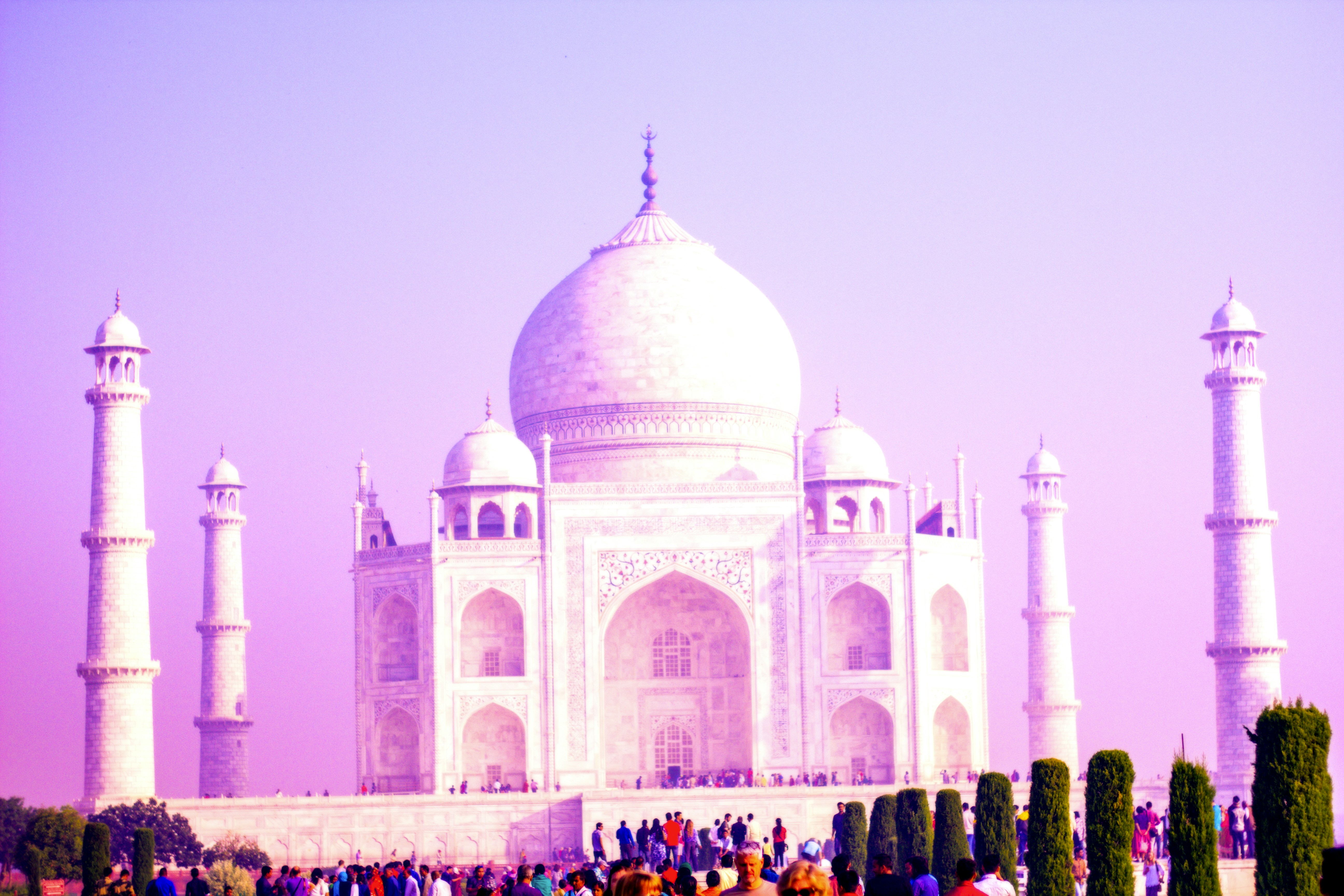
Introduction to the Taj Mahal
The Taj Mahal, an architectural masterpiece located in Agra, India, is widely regarded as one of the most beautiful buildings in the world. Constructed between 1632 and 1648, this mausoleum was commissioned by Mughal Emperor Shah Jahan in memory of his beloved wife, Mumtaz Mahal. Its stunning white marble façade is adorned with intricate carvings and inlaid gemstones, making it a symbol of love and a UNESCO World Heritage site.
Architectural Significance and Design
Designed by the Persian architect Ustad Ahmad Lahauri, the Taj Mahal reflects a unique blend of Islamic, Persian, Ottoman, and Indian architectural styles. The structure is set within a vast garden, which is divided into four parts by water channels, symbolizing the four gardens of paradise. The main dome, rising to 35 meters, is surrounded by four smaller domes and is flanked by two impressive minarets, which enhance its elegance and majesty.
Visiting the Taj Mahal
Every year, millions of tourists flock to Agra to visit the Taj Mahal, drawn by its romantic history and stunning beauty. The best time to visit is during the early morning or late afternoon, when the sunlight casts a golden hue over the marble, creating a breathtaking sight. It’s advisable to book tickets in advance and consider hiring a local guide to fully appreciate the rich heritage and fascinating stories behind this iconic monument.